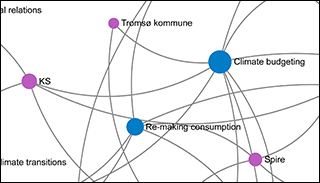The network of partners and projects
In 2023 Include consisted of 6 research institutions and 23 partners who collaborated on a series of projects.
Open this figure to see the partner's involvements in projects as a network.
Key figures
Research institutions and partners
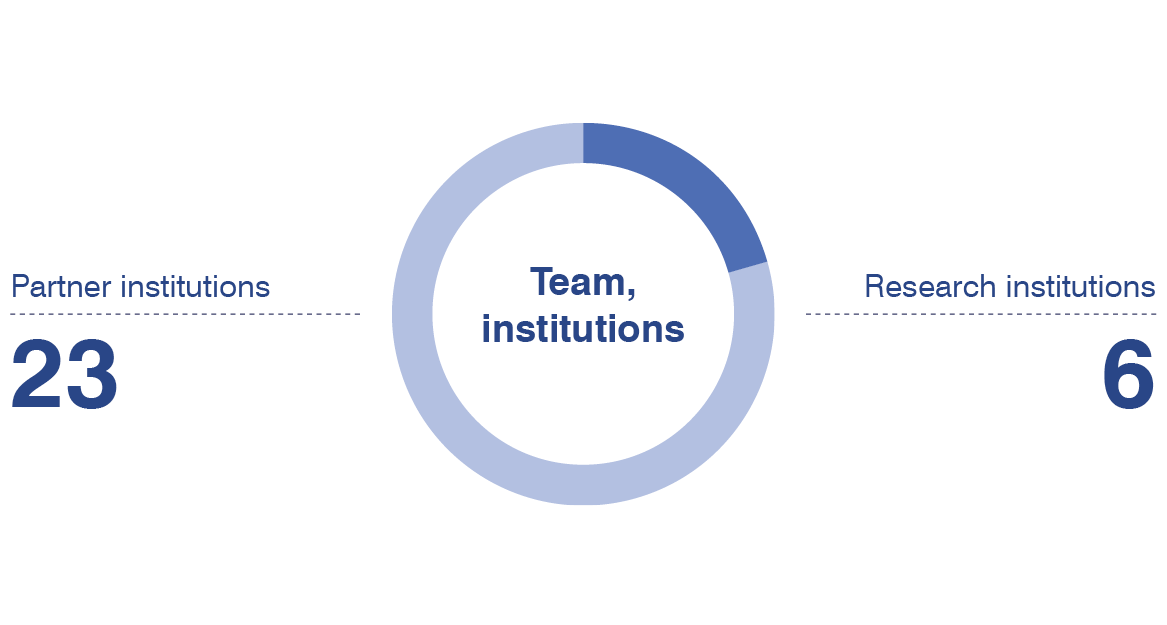
Participants in Include
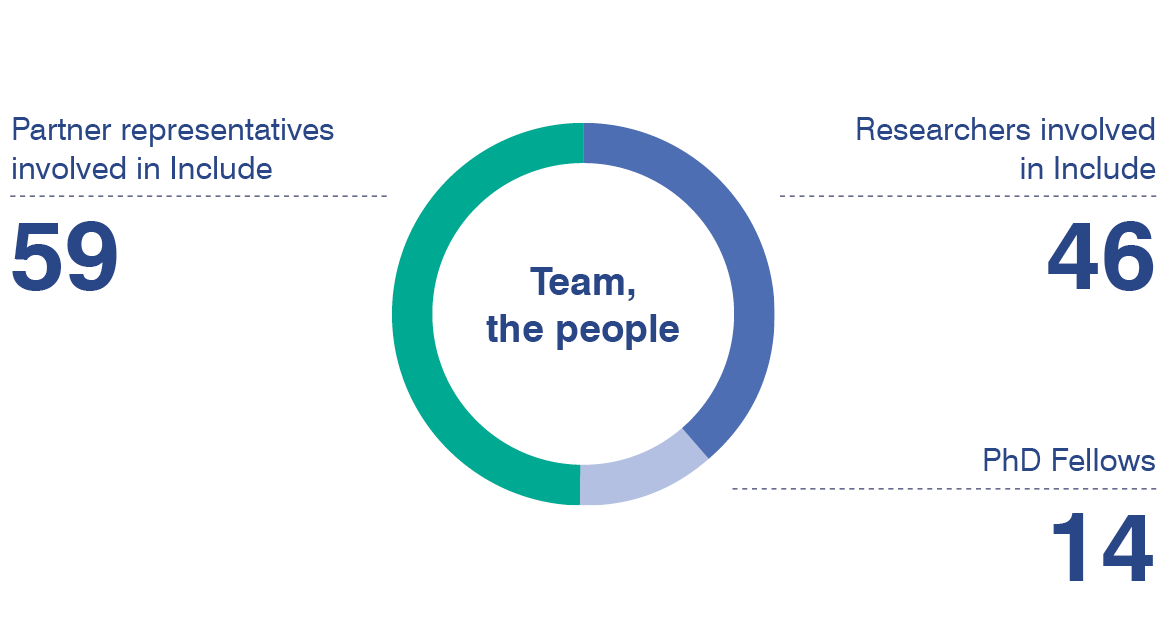
Ongoing projects
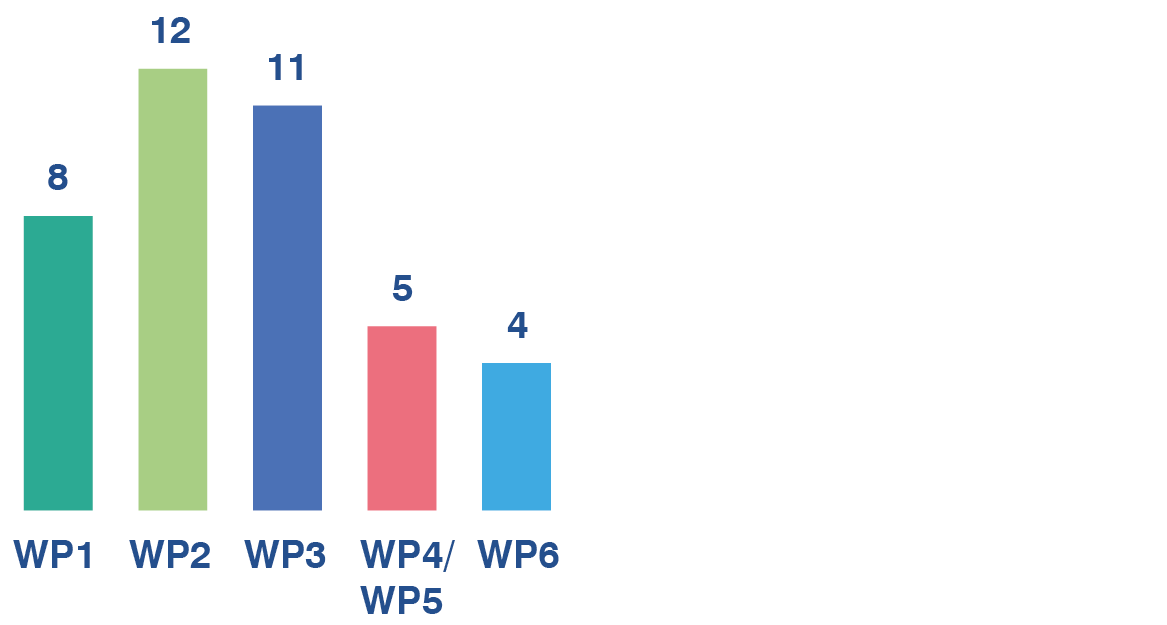
Academic publications
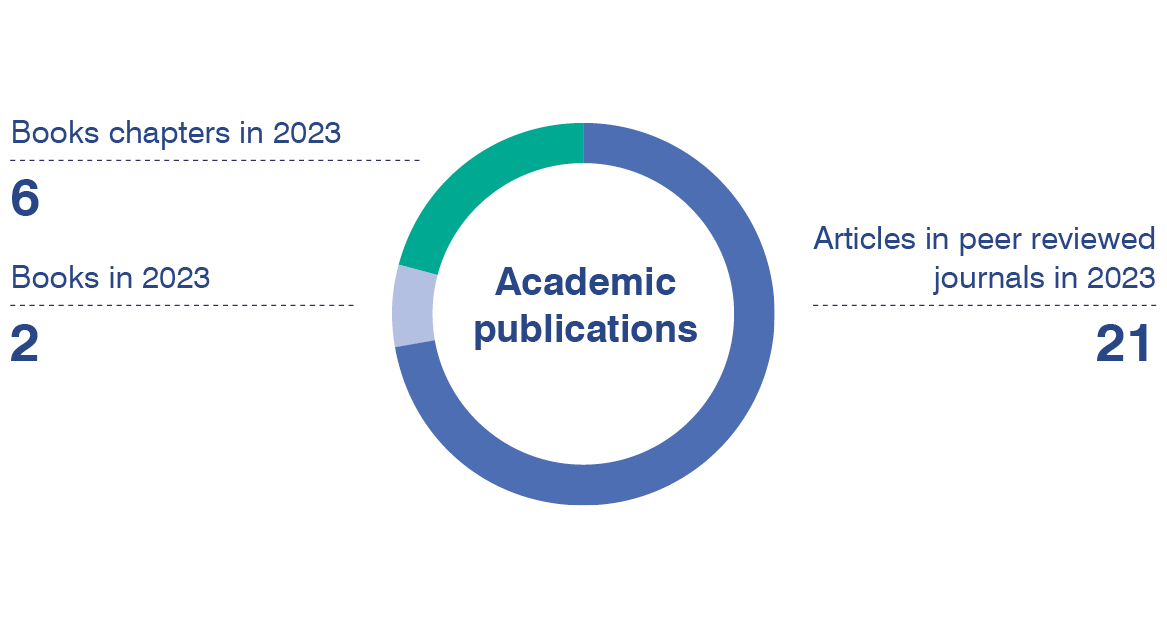
Spin-off applications
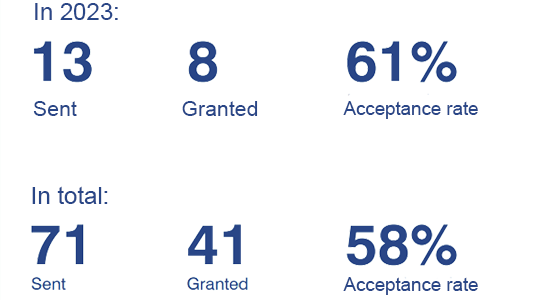
Presentations
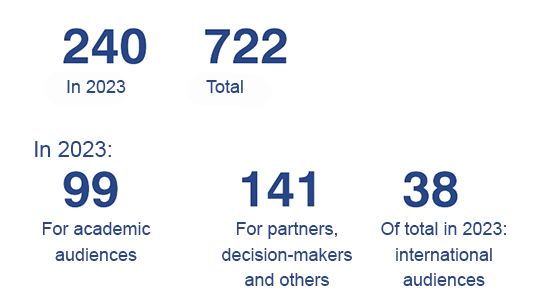
Events
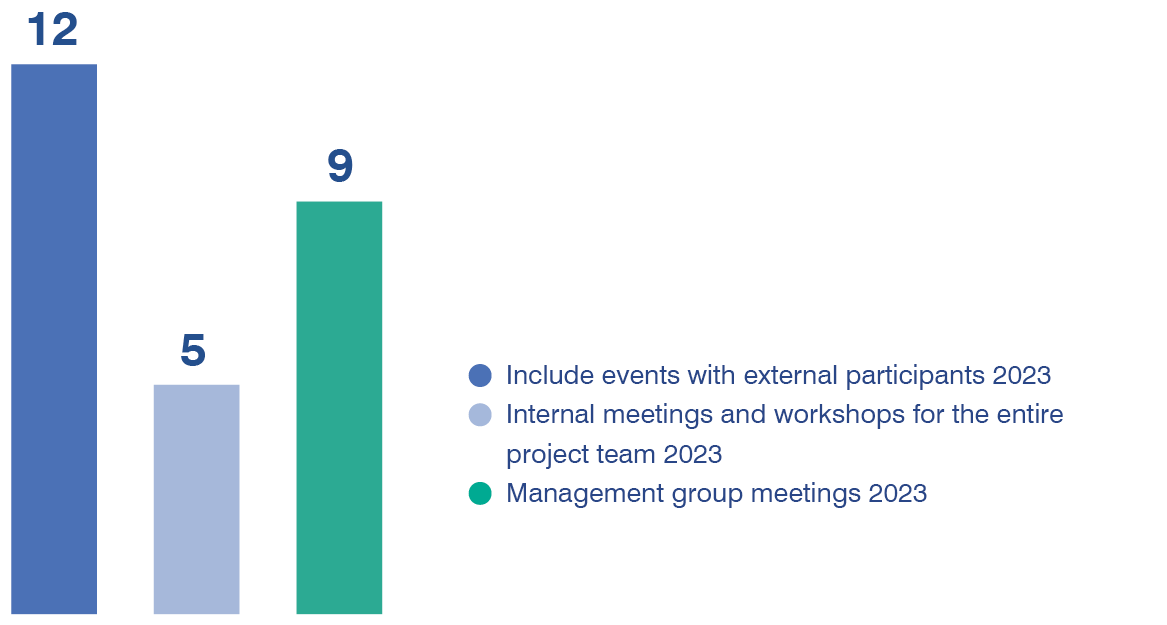
Media
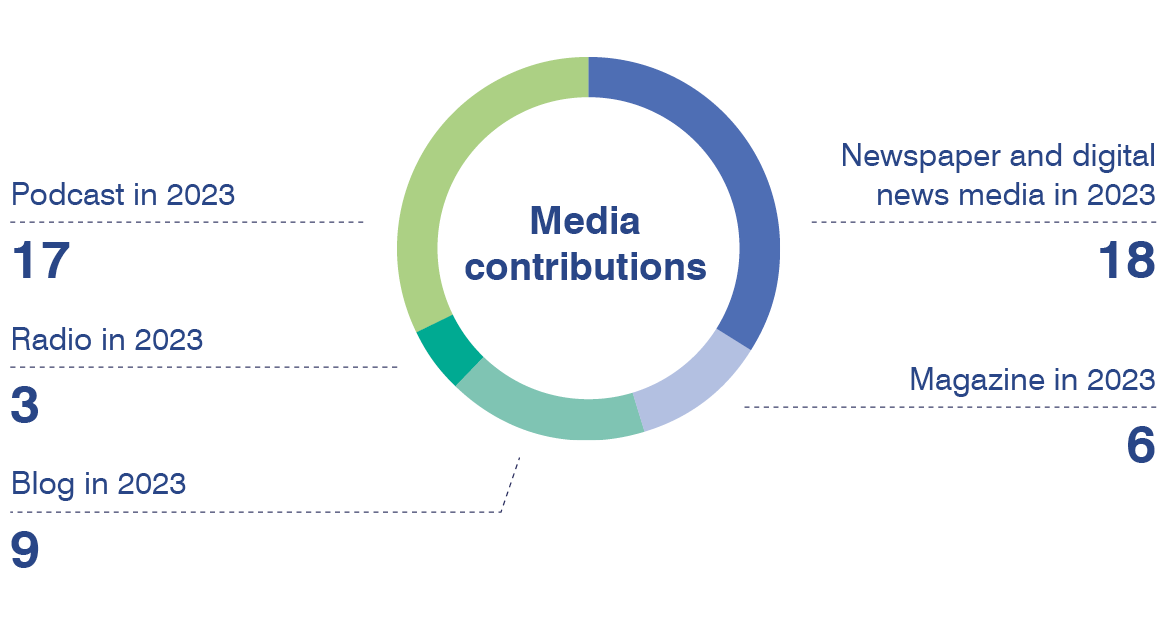
Funding for 8 years
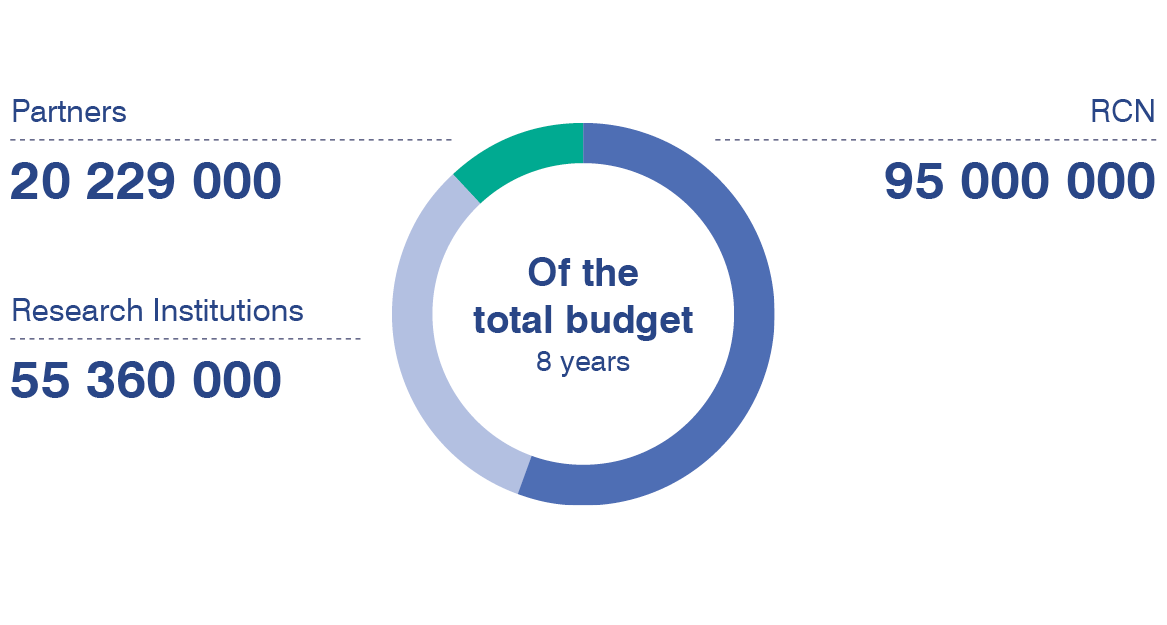
Education
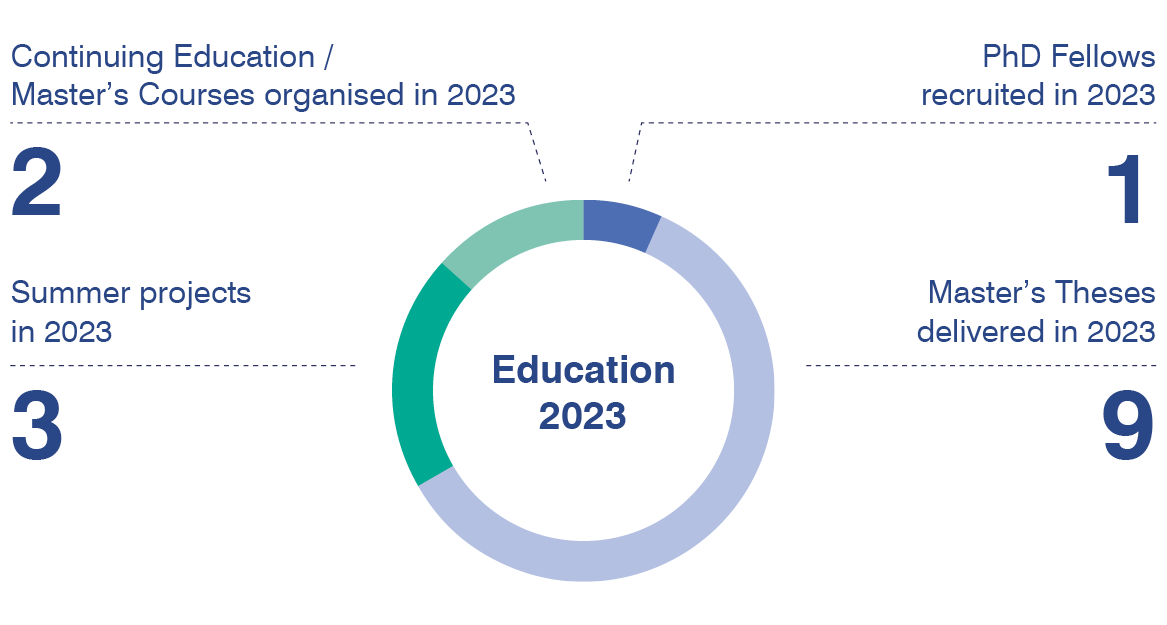
Some highlights from 2023

Exciting results from the Flexeffect project
The project Flexeffect has contributed with knowledge on the effects of measures aimed at households to equalize power peaks in the grid. Such knowledge has been lacking in Norway. The results demonstrate that many electricity customers find it difficult to adapt the new grid tariff to their everyday life. Many are worried about adverse distributional effects, and how consumer concerns are poorly represented in the political process. Include's work on the topic has been cited by several politicians in various media outlets, as well as in the work of municipalities and grid companies. The research findings have also been disseminated widely through op-eds, popular science articles and popular and academic presentations.
Read the Results and Recommendations from the Flexeffect project.

Problematisation of the role of growth
Through a series of events in 2023, Include has held discussions problematizing dominant understandings of growth, including a seminar and a book circle about Dr. Jason Hickel's book Less is more – how degrowth will save the world. Jason Hickel is particularly known for his research on degrowth, ecological economics and global inequality. Economic growth was also problematized during discussions about new projects with researchers and partners in June. Furthermore, growth became the theme of Include's annual conference entitled The concept of degrowth in practice. The conference lasted for two days with presentations and discussions on how to reduce material resource use and knowledge gaps that need to be filled in order to achieve this.

Great interest in Include’s work from the public administration
In 2023, Include researchers presented their work to, among others, the Climate Agency in Oslo municipality; the Committee for finance, administration and climate in Viken county; the Ministry of Petroleum and Energy (including representatives from two other ministries); Ministry of Climate and Environment; the Council for Just Transition; the Climate Committee 2050; and the health network EuroHealthNet. In June, Include was a co-organizer of the conference Green Practice in Kristiansand, with municipalities as the main target group.

Attention directed at the project Land use in low-population municipalities
The Include research project on climate and environmental considerations in spatial planning in smaller municipalities has received a lot of attention and interest. The study demonstrates how land management is part of an exchange between cities and rural areas. Rural municipalities in the study question the fairness of such an exchange. If the municipalities feel locked into an unfair exchange structure with larger cities or the regional and national community, this will create a barrier to their mobilization for sustainable land use. The study has been published in the Journal of Rural Studies – a journal ranked at level 2.
